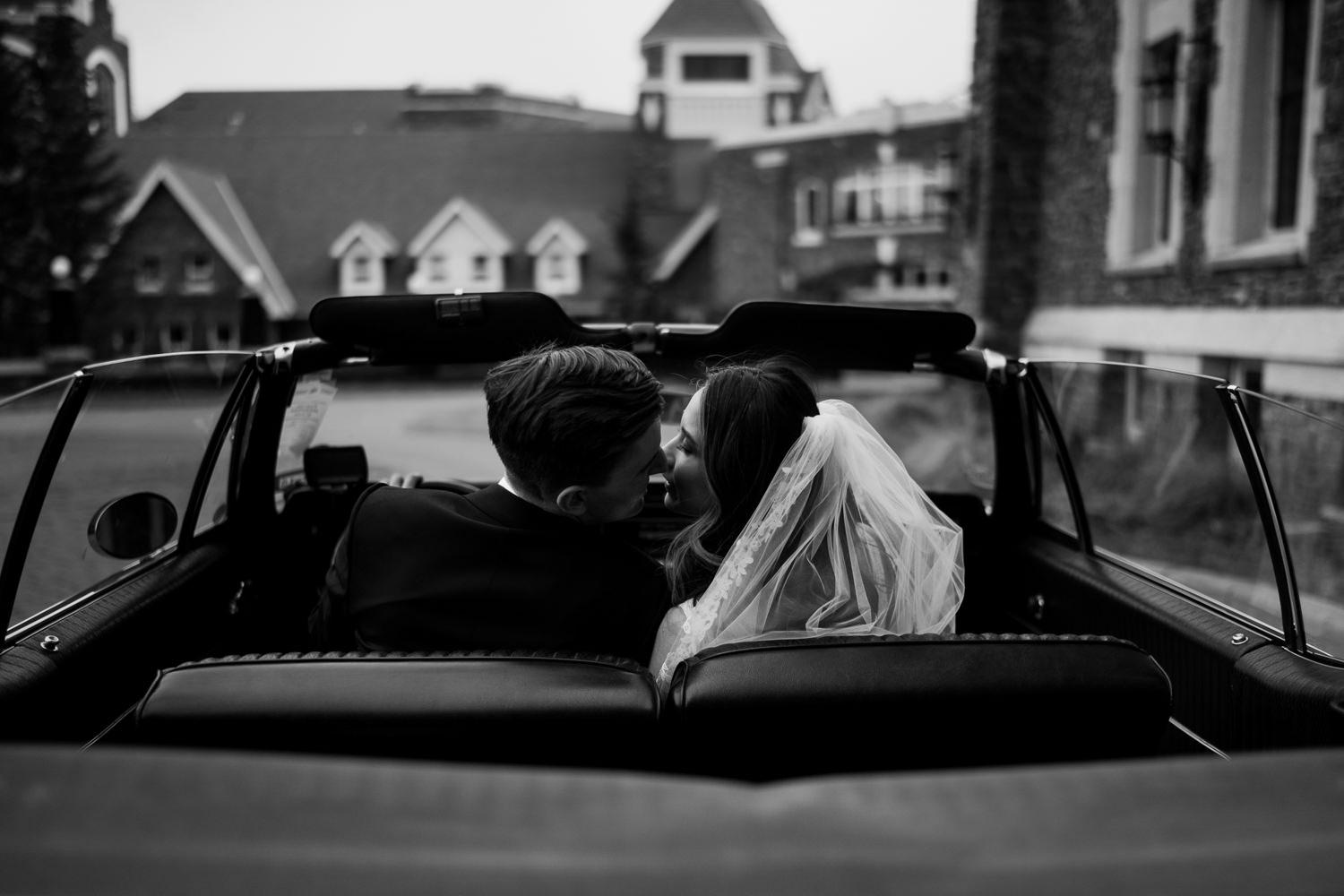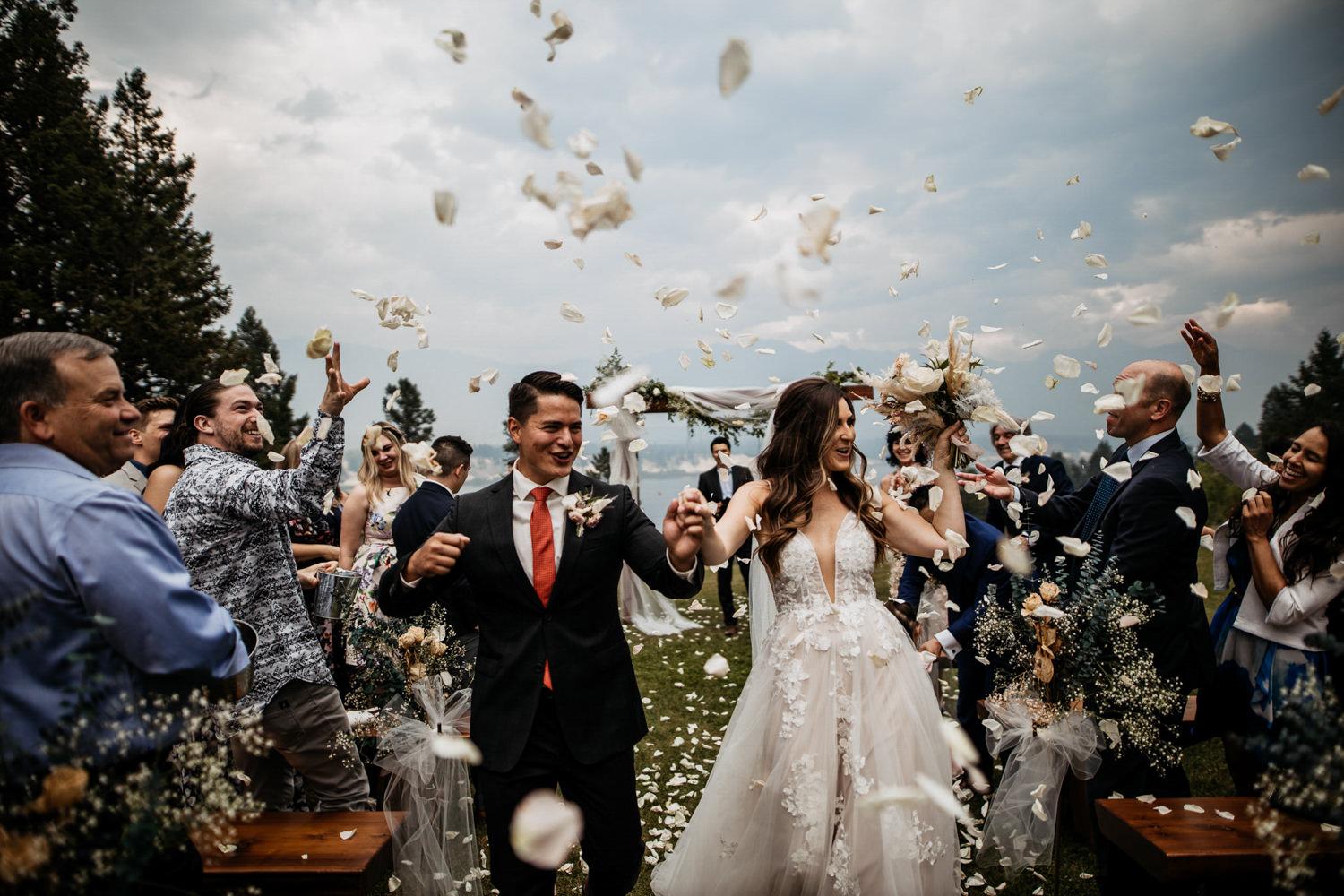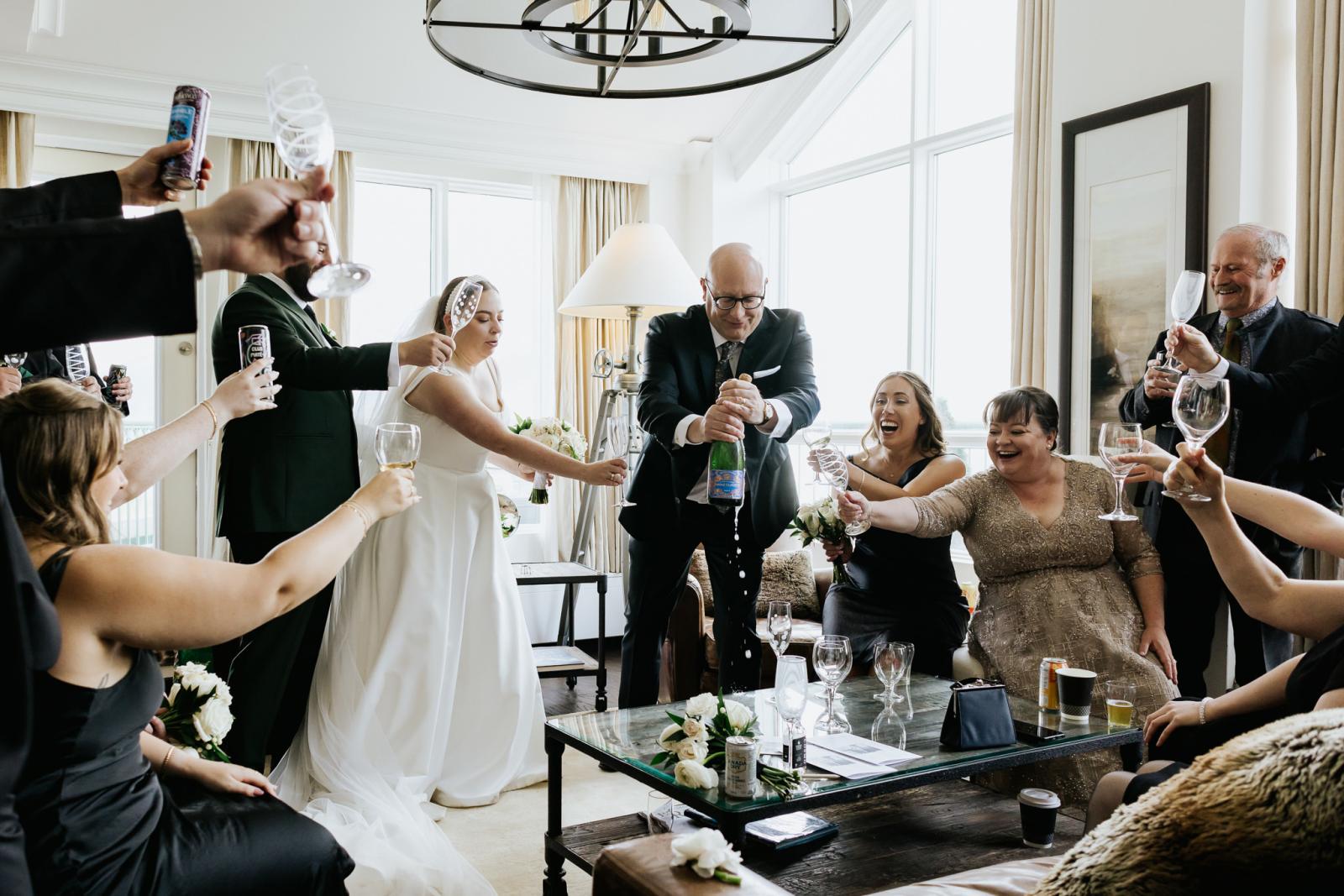What began as a patchwork of cultural customs is now a multibillion-dollar global economy. The wedding industry didn’t just emerge—it was built.
Weddings have always involved artisans, venues, and food. But the concept of a centralized “wedding industry”—complete with planners, expos, and Pinterest-fuelled must-haves—is a relatively modern phenomenon. In Canada, as in many places, the growth of the wedding industry reflects not just love and celebration, but also capitalism, media influence, and shifting social values.
Here’s how the wedding industry developed—and what it means for Canadian couples today.

Pre-Industrial Weddings: Function Over Frills
Before the 19th century, weddings were primarily community-driven, religious or civil events.
- Clothing was usually repurposed “Sunday best” or traditional garb.
- Ceremonies took place at home, in churches, or outdoors, followed by a potluck-style meal.
- Most services—like baking, music, or tailoring—were provided by family, friends, or local tradespeople.
There was no wedding industry—just a collection of familiar customs and shared labour.
The Industrial Revolution: A New Market Emerges
As cities grew and production expanded, so did consumer culture—and weddings became fertile ground.
- The rise of department stores introduced mass-produced wedding attire, china, and decor.
- Newspapers began publishing engagement announcements and society weddings.
- Middle-class families began to aspire to the customs of the wealthy, driving demand for new products and services.
The seeds of the wedding industry were planted in a mix of social aspiration and economic opportunity.

20th Century: The Wedding Industry Finds Its Footing
The wedding boom began in earnest after WWII:
- Bridal magazines like Modern Bride and Bride & Home offered curated checklists, styles, and etiquette.
- The diamond engagement ring became standard, thanks to De Beers’ now-infamous marketing campaign.
- Bridal salons, bakeries, and florists began offering wedding-specific services and packages.
- The 1980s and 90s brought the rise of wedding expos, planners, and videographers.
By the end of the 20th century, the wedding had become an orchestrated production—not just a family affair.
The Digital Age: Social Media and the Rise of the Wedding Brand
In the 2000s and beyond, weddings became personal brands in real time:
- Pinterest (launched 2010) revolutionized inspiration boards—and pressure to have a “Pinterest-perfect” wedding.
- Instagram and TikTok elevated aesthetics, trends, and viral moments into essential wedding components.
- The wedding industry evolved into an influencer-driven marketplace—with style shoots, mood boards, and “content creation” built into the event.
- Niche vendors and creators flourished, from custom signage and flatlay stylists to luxury elopement planners.
For many, planning a wedding became as much about optics as intimacy—though not without resistance.

The Canadian Wedding Industry Today
Canada’s wedding industry is robust, diverse, and increasingly values-driven:
- Estimated to contribute over $5 billion annually, spanning venues, fashion, photography, catering, and travel.
- Driven by regional trends (e.g., outdoor elopements in BC, multicultural events in Toronto, prairie farmhouse weddings in Manitoba).
- Couples are prioritizing sustainability, inclusivity, and cultural respect over opulence alone.
- The rise of platforms like CanadianWeddingPhotographers.com reflects the shift toward credible, curated ecosystems over massive, impersonal marketplaces.
The Canadian wedding industry is now a mix of commerce, community, and creativity.
Critiques and Challenges
While weddings are joyful, the industry is not without criticism:
- Cost inflation and pressure to “keep up” have led to debt and anxiety.
- Cultural appropriation and aesthetic flattening have raised questions about respect and representation.
- Vendor burnout is real, especially in peak season and post-pandemic recovery.
- There’s growing interest in reclaiming tradition without commodifying every moment.
Many couples are now pushing back—focusing on meaning over marketing.
Photographers and the Industry Ecosystem
Photographers are central to the industry—not just service providers, but:
- Visual storytellers and brand builders
- Collaborators with planners, venues, stylists, and publications
- Often the vendor most emotionally connected to the couple’s story
- Active participants in shaping how weddings are remembered, shared, and even sold
They help define—and sometimes challenge—what the industry becomes.

Related Reading in the History of Weddings Series:
- The History of Wedding Economics
- The History of Wedding Planning in Canada
- The History of Wedding Invitations
- Why Wedding Traditions Matter
Continue Planning Your Wedding
Ready to dive into the details? How to Find the Perfect Wedding Photographer: The Ultimate Guide to Making the Right Choice